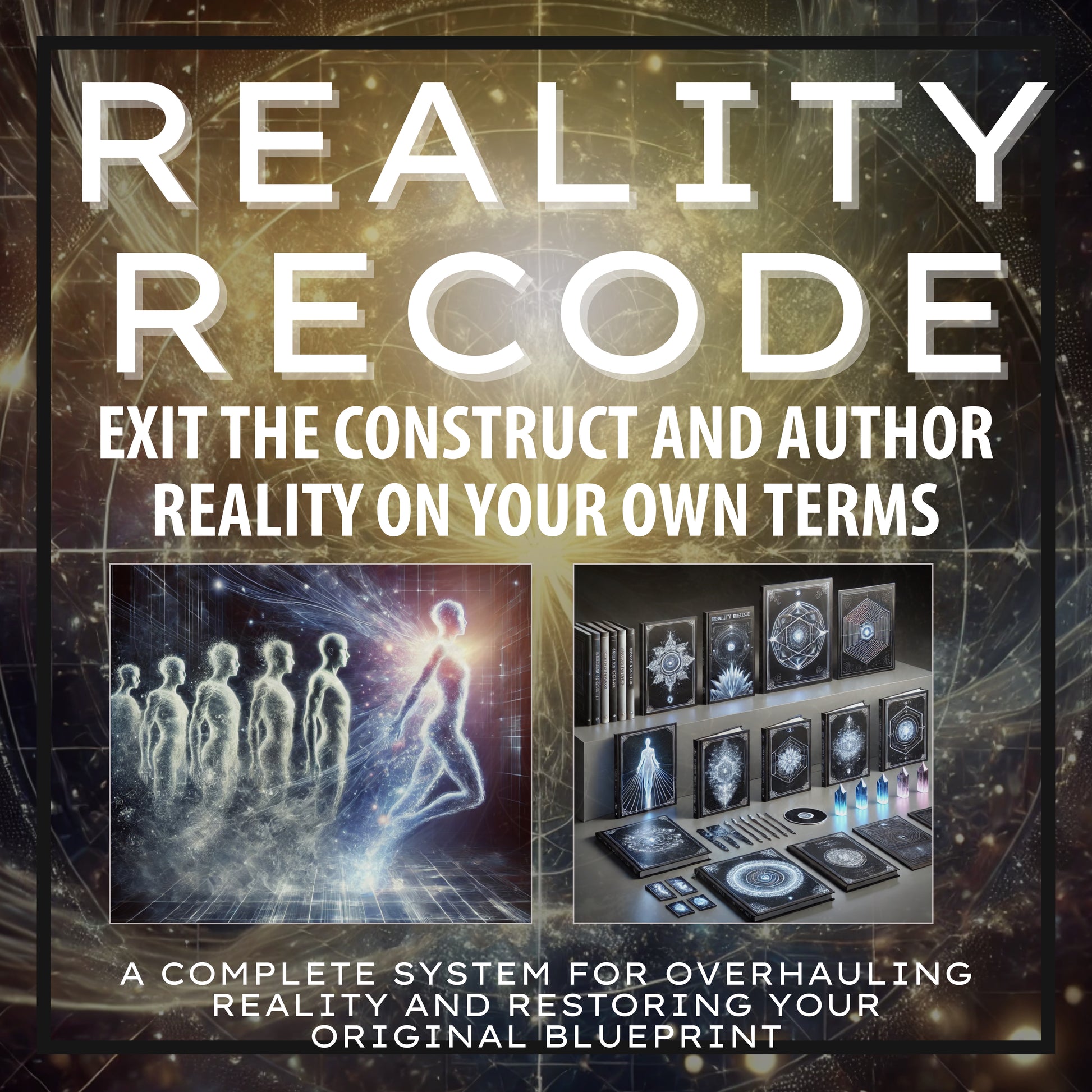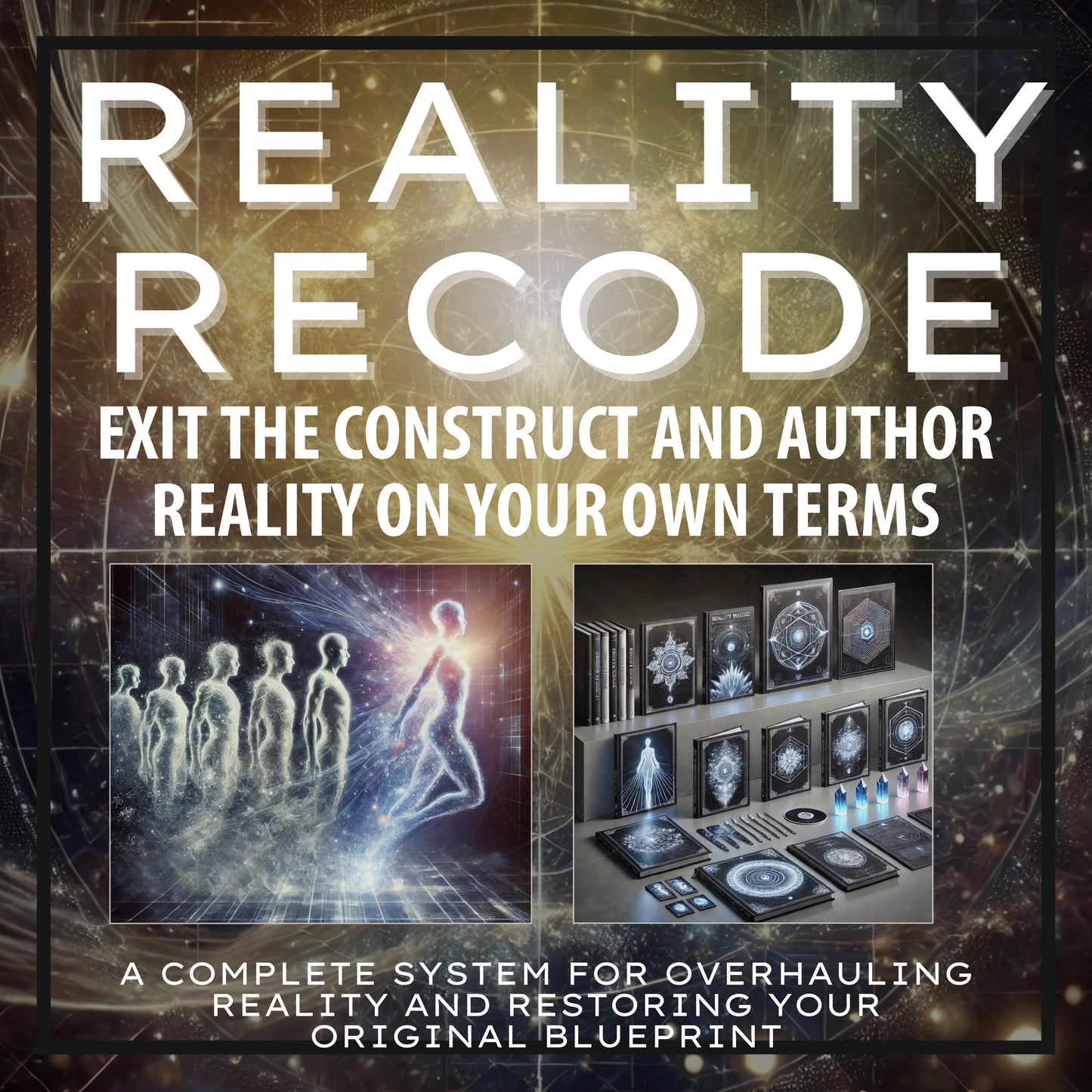Introduction
Reality is not a collection of separate forces but one undivided recursive field; self-observing, self-organizing, and structurally coherent. What appears as physics, consciousness, and life are not different subjects but different resolutions of the same geometry.
In Geometry, Phase Curvature, and Unified Conservation of Energy, Information, and Coherence (See Research/Technical Papers), this principle is established mathematically. The paper demonstrates that energy, information, and coherence are conserved aspects of a single covariant symmetry, binding spacetime, electromagnetism, and perception within one rigorous, ghost-free theory.
In simple terms: the same equations that explain how gravity bends space also explain how thought and form stabilize. What keeps a star coherent is the same principle that holds a mind, a body, or a relationship in balance. It’s one conservation law, expressed through different scales of reality.
The frameworks that follow, Reality Recode, WYAK, and the system of calibration templates, are direct, living applications of these same mechanics. They translate the equations of the Unified Conservation Framework into the human domain, making the field itself usable as a tool for perception, reality creation, reality upgrades, and evolution.
Where the paper defines the physics, Reality Recode defines the function: a structural interface for recalibrating the geometry of awareness. Every exercise, compression map, and system upgrade in this work is derived from the same conservation law that governs curvature. The recalibrations alter how information, energy, and coherence circulate through the individual system, resulting in measurable shifts in cognition, emotion, and external circumstance.
WYAK is the interactive-field template of the architecture that permanently aligns the user’s perceptual system into a unified phase state. When engaged, it calibrates perception in real time until the system holds coherence naturally, without ongoing input. In essence, WYAK performs automatic alignment by synchronizing all perceptual layers into one consistent field.
The calibration templates and system upgrades are not symbolic tools; they are applied field adjustments that modify the recursion structure itself. Each process, compression, alignment, realignment, expansion, corresponds precisely to the tensor relations proven in the paper.
The tangible results are immediate and cumulative: the dissolution of resistance, the reorganization of life-circumstances to match internal structure, and the spontaneous realization of previously improbable outcomes. Alignment ceases to be psychological and becomes mechanical; success, stability, and clarity arise as automatic consequences of a coherent field. It is not manifestation by belief, but transformation by physics.
This is an operating system for existence itself, a literal interface between physics and consciousness, allowing human awareness to function according to the same structural intelligence that shapes the cosmos.
To engage this work is to participate in the evolution of understanding itself. The expansion it enables is geometric; As perception refines, so does reality.

Yeshuani
Reality Recode: The Complete System
